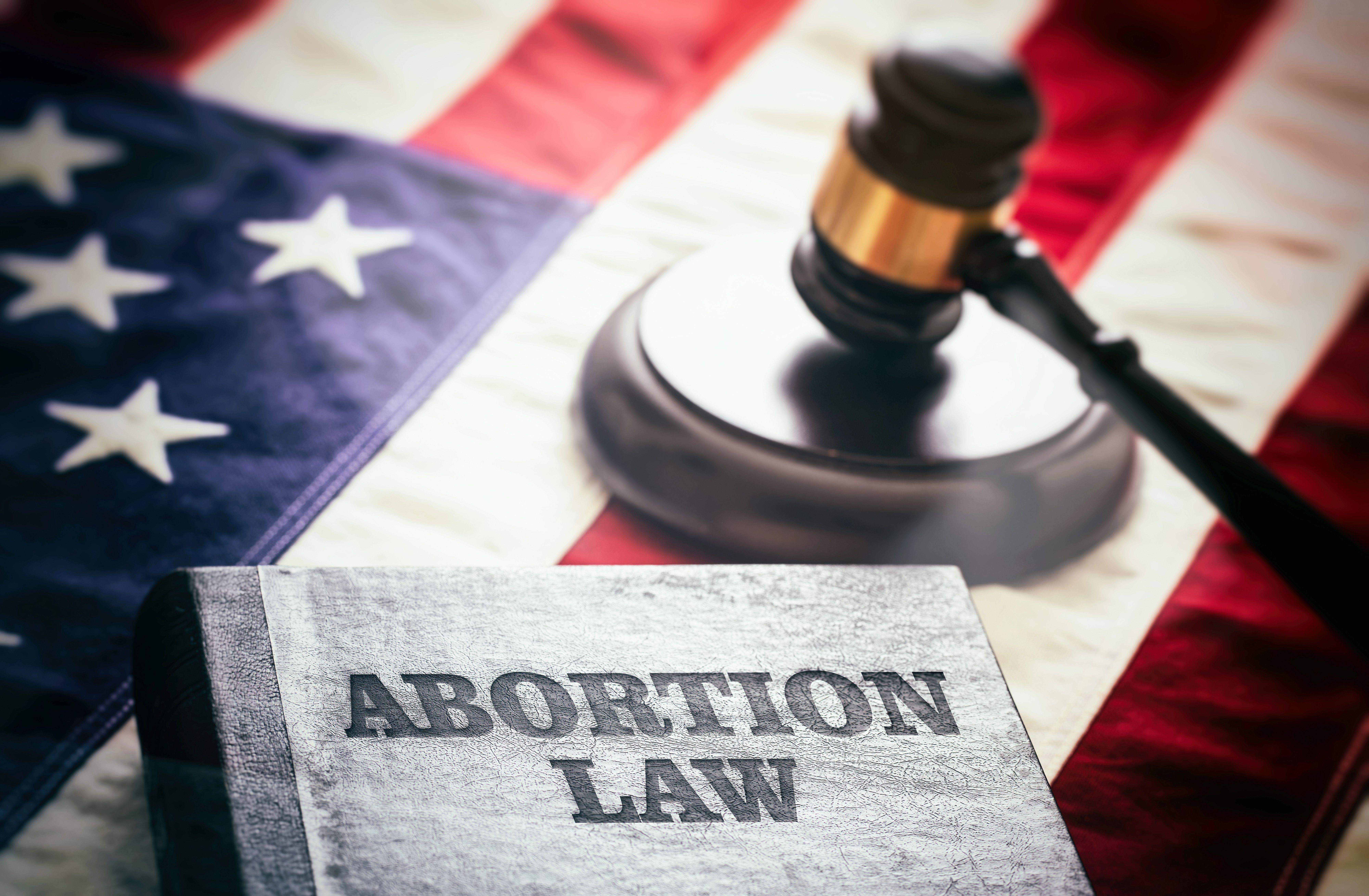- Center on Health Equity & Access
- Clinical
- Health Care Cost
- Health Care Delivery
- Insurance
- Policy
- Technology
- Value-Based Care
No Major Shifts in OBGYN Practice Locations Found Post Dobbs Decision
Despite widespread concern following the Dobbs v Jackson Women’s Health Organization decision, researchers found no significant changes nationwide in obstetrician and gynecologist (OBGYN) practice locations.
Despite heightened physician concerns about providing reproductive health care after the Dobbs v Jackson Women’s Health Organization (Dobbs) decision, a study published today in JAMA Network Open observed no disproportionate changes in obstetrician and gynecologist (OBGYN) practice locations as of 2024.1
The Supreme Court overturned Roe v Wade in 2022 with the Dobbs decision, eliminating the constitutional right to an abortion and leaving regulation to the states.2 As a result, 14 states enforced bans on nearly all abortions, and 6 imposed restrictions after 6 to 12 weeks of gestation.1 In several other states, abortion access remains uncertain amid ongoing litigation and ballot initiatives.
In response to increasing legal risks and practice constraints imposed by these bans, media reports described physicians leaving states with abortion restrictions, such as Florida, Tennessee, and Texas. Besides individual anecdotes, the researchers noted that little is known about broader trends in OBGYN practice locations since the Dobbs decision.
Despite widespread concern following the Dobbs v Jackson Women’s Health Organization decision, researchers found no significant changes nationwide in obstetrician and gynecologist (OBGYN) practice locations. | Image Credit: Rawf8 - stock.adobe.com

Consequently, they examined trends in the number of OBGYN practice locations and the share of all practicing OBGYNs before and after the Dobbs decision across 3 categories: the 14 states with total abortion bans, the 11 states with partial bans or threatened access, and the 25 states plus Washington, DC, where abortion care is protected. The researchers also compared the movement of OBGYNs between these categories.
The descriptive cohort study used monthly data on practicing OBGYNs in the US from the National Plan and Provider Enumeration System, a national registry of all health care practitioners in the US created and maintained by CMS, from January 1, 2018, to September 30, 2024. The study population consisted of 60,085 OBGYNs, the majority of whom were female (59.7%).
The researchers found that trends in both the number of practice locations and the share of practicing OBGYNs were similar across state abortion policy environments. Following the Dobbs decision, Poisson regression models estimated mean per-quarter increases of 8.3% (95% CI, 6.6-10.1) in total ban states, 10.5% (95% CI, 8.1-13.0) in threatened states, and 7.7% (95% CI, 5.9-9.4) in protected states. However, the differences between total ban vs protected states and threatened vs protected states were not statistically significant.
Similarly, Poisson regression models estimated decreases in the share of OBGYNs by 2.4% (95% CI, 1.8-2.9) in total ban states, 1.5% (95% CI, 1.1-1.8) in threatened states, and 2.1% (95% CI, 1.6-2.5) in protected states. The difference was statistically significant between threatened vs protected states (P = .045) but not between total ban vs protected environments.
Lastly, there were no meaningful differences in the movement of OBGYNs across policy environments. More specifically, 95.8% of OBGYNs remained in protected states, 94.8% (95% CI, 94.3-95.2) in states threatening bans, and 94.2% (95% CI, 93.7-94.7) in states with total bans.
Overall, there were no significant differences in trends in OBGYN practice locations across states with varying abortion policy environments following the Dobbs decision. The researchers also found no major changes in the supply of OBGYNs associated with the decision.
However, they acknowledged their study’s limitations, including that it did not analyze the evolution of other reproductive health care aspects. These include the quality of care provided to patients and the moral distress experienced by practitioners. Given these limitations, they recommended areas for further research.
“Future research should assess changes in quality of care, as well as whether OBGYN practice location patterns change in the long run,” the authors concluded.
References
- Staiger B, Bolotnyy V, Borrero S, Rossin-Slater M, Van Parys J, Myers C. Obstetrician and gynecologist physicians’ practice locations before and after the Dobbs decision. JAMA Netw Open. 2025;8(4):e251608. doi:10.1001/jamanetworkopen.2025.1608
- Inserro A. Supreme Court overturns Roe v Wade, turning issue back to states. AJMC. June 24, 2022. Accessed April 21, 2025. https://www.ajmc.com/view/supreme-court-overturns-roe-v-wade-turning-issue-back-to-states
